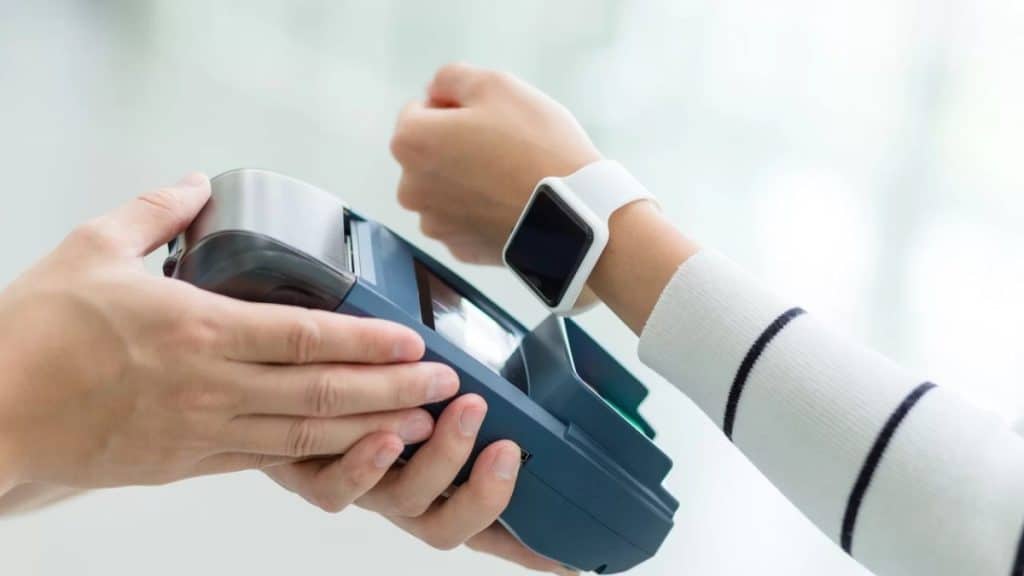Wearable technology is transforming how we interact with the world. From tracking health metrics to enhancing productivity, these devices are becoming indispensable in our daily routines. Understanding their benefits and applications can lead to new levels of personal and professional efficiency.
Wearable technology has evolved from a niche market into a mainstream phenomenon. Driven by consumer demand for integrated, on-the-go solutions, these devices offer unprecedented convenience and functionality. As modern lifestyles become increasingly fast-paced, the role of wearables in maintaining balance and efficiency is more relevant than ever. The integration of Apple Watch Bands into this ecosystem exemplifies how customization can enhance user experience. As consumers seek personalized solutions, the ability to adapt wearables to individual needs becomes crucial. The diverse range of materials, colors, and designs available allows users to tailor their devices for both style and functionality.
Wearable tech landscape
The landscape of wearable technology encompasses a variety of devices, including fitness trackers, smartwatches, and smart glasses. These tools enhance connectivity and impact daily tasks and long-term lifestyle changes. By providing real-time data and seamless integration with other digital platforms, wearables enable more informed decision-making and efficient time management.
The integration of “Apple Watch Bands” into this ecosystem exemplifies how customization can enhance user experience. As consumers seek personalized solutions, the ability to adapt wearables to individual needs becomes crucial. The diverse range of materials, colors, and designs available allows users to tailor their devices for both style and functionality.
Ways to enhance productivity
Wearable devices can significantly enhance productivity by offering notifications, scheduling tools, and app integrations that streamline time management. When combined with mobile apps, they create a cohesive environment where work and personal routines are effortlessly aligned. This synergy allows for more efficient multitasking and better allocation of resources.
Incorporating wearable technology into daily routines can lead to improved organization and focus. By providing gentle reminders and easy access to important information, these devices help users stay on top of their schedules without feeling overwhelmed. Such features are particularly beneficial in professional settings where time is often at a premium.
Customizing your smartwatch experience
Personalizing your smartwatch is key to maximizing its potential. With options like “Apple Watch Bands,” you can adapt your device to suit various needs—whether you’re heading to the gym or attending a business meeting. The right combination of material, color, and design ensures your watch complements your personal style without sacrificing functionality.
The availability of different bands allows users to switch between casual, sporty, and formal looks with ease. This versatility not only enhances aesthetic appeal but also ensures comfort and durability across various activities. By aligning your smartwatch with your lifestyle, you create a seamless extension of yourself that supports both form and function.
Health and wellness benefits
Wearable technology plays a pivotal role in promoting health and wellness by monitoring key metrics such as heart rate, sleep cycles, and exercise trends. Access to real-time data fosters better self-awareness and encourages the adoption of healthy habits. By keeping track of these parameters, users can make informed choices that contribute to overall well-being.
The ability to track physical activity helps prevent burnout by ensuring that individuals maintain an optimal balance between work and rest. Moreover, insights gained from these devices can guide lifestyle adjustments that improve both physical health and mental clarity. As a result, wearables serve as valuable tools for maintaining a holistic approach to health management.
Challenges to consider
While the benefits of wearable technology are substantial, there are challenges that must be addressed. Concerns about data privacy are paramount as these devices collect sensitive information about users’ daily activities. Ensuring robust security measures are in place is essential to protect personal data from unauthorized access.
Another consideration is battery life; frequent charging may be inconvenient for some users. Balancing digital connectivity with mindful offline moments is crucial in preventing technology from becoming intrusive. Striking this balance ensures that wearables enhance rather than detract from quality of life.
Best practices for adopting wearables
When adopting wearable technology, conducting thorough research is vital to understanding device compatibility with existing gadgets. Routine updates and proper device hygiene are necessary to optimize performance over time. Staying informed about the latest advancements allows users to make the most out of their investments in wearable tech.
By approaching wearables with an informed perspective, you can integrate these devices into your routine effectively. This proactive approach ensures that you derive maximum benefit while minimizing potential drawbacks associated with technological integration.
The transformative potential of wearable technology is undeniable as it reshapes how we navigate everyday life. Encouraging exploration of available options—such as Apple Watch Bands—can lead to enhanced comfort, efficiency, and overall well-being. Embracing this technological evolution equips you with tools that support both personal growth and professional success.
